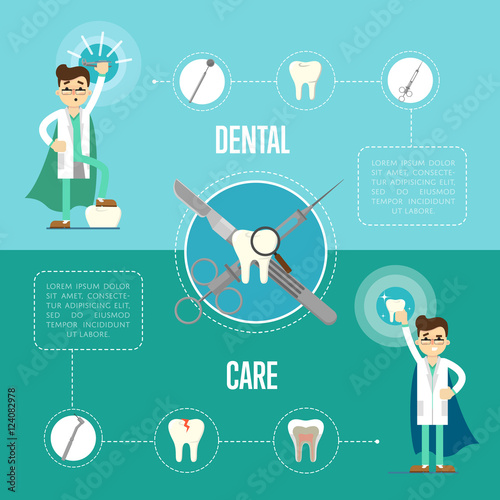The Evolution Of Oral Surgery: Emerging Innovations And Growths Changing The Discipline
The Evolution Of Oral Surgery: Emerging Innovations And Growths Changing The Discipline
Blog Article
Web Content Written By-Kokholm Jefferson
Invite to the world of dental surgery, where developments and advances are shaping the future of the area! In this exciting world, you'll witness the transformative power of robotics, the advanced marvel of 3D printing, and the game-changing effect of minimally intrusive methods.
The future of dental surgery holds an assurance of accuracy, performance, and enhanced client outcomes. With the help of advanced robotics, surgeons have the ability to execute complex treatments with greater precision and control.
3D printing technology is reinventing the creation of oral implants and prosthetics, supplying customized remedies that fit flawlessly into each patient's special anatomy.
Additionally, minimally intrusive strategies are minimizing post-operative pain and recuperation time, permitting individuals to return to their daily lives earlier.
Prepare yourself to check out the exciting innovations and breakthroughs that are reshaping the landscape of oral surgery!
Improvements in Robotics
One major advancement in oral surgery is making use of robotic technology, which permits precise and effective operations. With https://howmuchdoesimplantscost39506.dgbloggers.com/33438913/join-us-to-find-why-prompt-activity-against-periodontal-recession-is-critical-for-your-oral-health-and-what-consequences-you-may-deal-with-if-you-wait of robot systems, oral cosmetic surgeons have the ability to perform complex surgical treatments with enhanced precision, lessening the danger of human mistake.
These robotic systems are geared up with advanced imaging innovation and exact tools that enable doctors to navigate via detailed physiological frameworks effortlessly. By making use of robot technology, doctors can achieve greater surgical precision, leading to enhanced person results and faster healing times.
In addition, the use of robotics in oral surgery permits minimally intrusive procedures, lowering the injury to bordering cells and promoting faster recovery.
3D Printing in Dental Surgery
To boost the area of dental surgery, you can discover the subtopic of 3D printing in dental surgery. This ingenious technology has the possible to change the way oral doctors operate and treat people. Below are 4 vital methods which 3D printing is forming the field:
- ** Custom-made Surgical Guides **: 3D printing allows for the production of very precise and patient-specific medical guides, enhancing the accuracy and efficiency of procedures.
- ** Implant Prosthetics **: With 3D printing, oral doctors can develop personalized implant prosthetics that completely fit a client's one-of-a-kind makeup, resulting in much better results and patient contentment.
- ** Bone Grafting **: 3D printing makes it possible for the manufacturing of patient-specific bone grafts, reducing the need for typical grafting methods and improving healing and recuperation time.
- ** Education and learning and Training **: 3D printing can be made use of to produce sensible surgical versions for educational objectives, allowing oral surgeons to exercise complex treatments prior to performing them on patients.
With its potential to enhance precision, modification, and training, 3D printing is an exciting growth in the field of dental surgery.
Minimally Intrusive Techniques
To additionally advance the area of dental surgery, welcome the capacity of minimally invasive strategies that can greatly profit both doctors and patients alike.
Minimally invasive techniques are transforming the area by lowering surgical injury, decreasing post-operative pain, and speeding up the recovery procedure. These strategies include utilizing smaller sized lacerations and specialized instruments to carry out procedures with precision and efficiency.
By making use of sophisticated imaging technology, such as cone beam computed tomography (CBCT), cosmetic surgeons can properly plan and implement surgical procedures with marginal invasiveness.
Furthermore, the use of lasers in oral surgery permits accurate tissue cutting and coagulation, causing decreased bleeding and lowered healing time.
With minimally intrusive strategies, clients can experience faster recuperation, decreased scarring, and improved outcomes, making it a necessary aspect of the future of oral surgery.
Conclusion
So, as you can see, the future of dental surgery is exceptionally promising, with interesting advancements and breakthroughs shaping the area.
From Recommended Reading in robotics to using 3D printing and minimally intrusive methods, dental surgeons are revolutionizing the way they give care.
While some may worry about the potential price related to these innovations, it's important to bear in mind that these technologies eventually enhance client outcomes and decrease healing time, making them well worth the investment over time.
